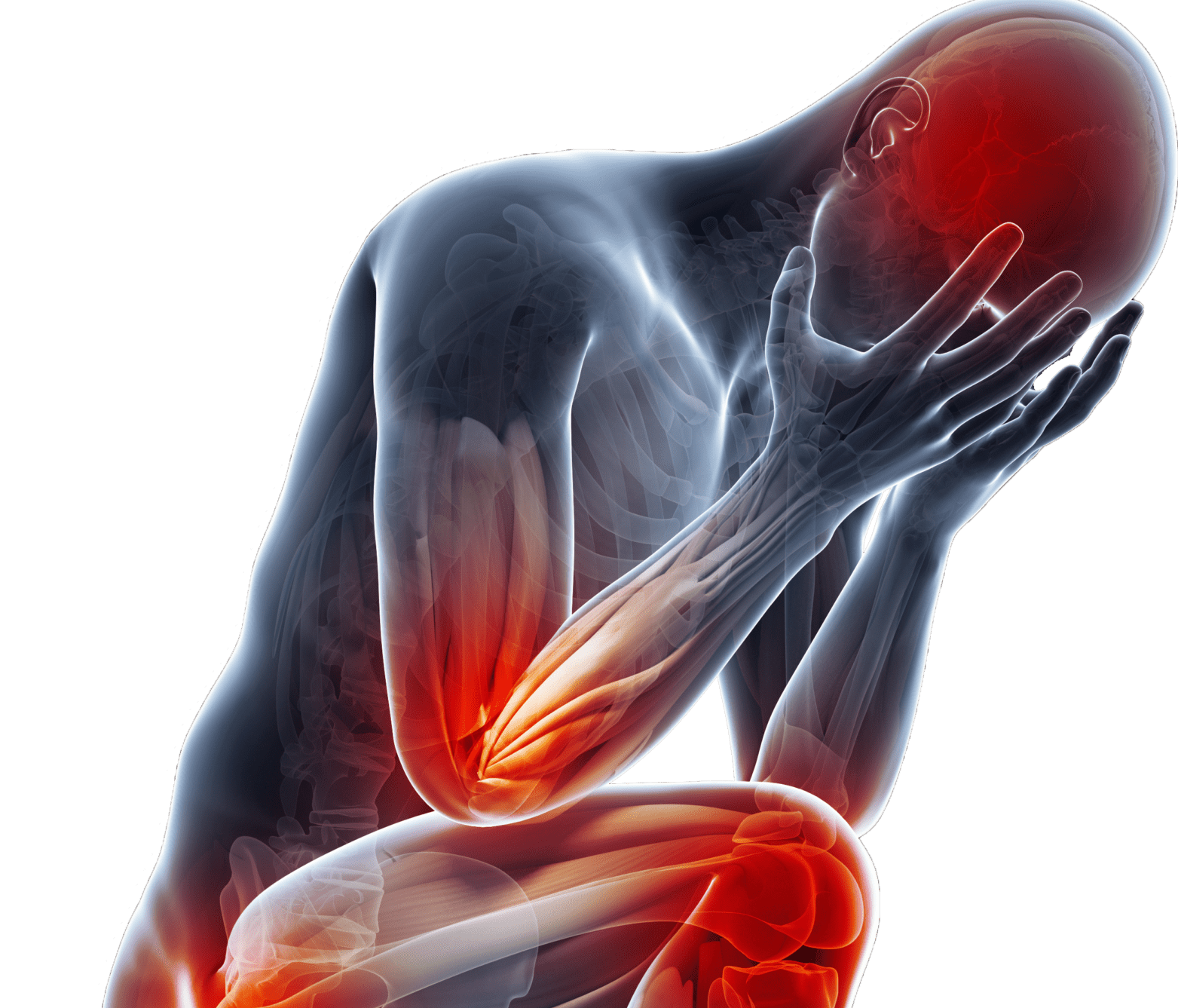Suffering is a common occurrence that can substantially impact our routine lives. Whether it's a unexpected trauma or a chronic condition, the quest for successful pain management is a common struggle shared by numerous individuals. In the face of this issue, various treatments have emerged, each claiming relief and enhanced quality of life. Among these choices, acupuncture has attained popularity as a alternative option for pain relief, often enveloped by myths.
This article seeks to investigate the role of acupuncture in pain relief, delving into the most widespread myths and uncovering the truths supported by scientific evidence. We will provide a comprehensive guide on pain management, covering different types of pain, treatment options, and non-traditional therapies. By grasping the biology behind pain and the well-rounded approaches available, we can enable individuals to make informed decisions about their pain management strategies. Join us as we navigate through the complexities of pain, focusing on both traditional methods and innovative solutions in the pursuit of relief.
## Grasping Pain and That Types
Discomfort represents a intricate and multifaceted phenomenon which serves as a crucial signal indicator from the physical self . This sensation can be defined as an uncomfortable sensory as well as affective sensation associated with physical as well as likely bodily injury . Comprehending discomfort is essential for successful treatment as well as comfort, as it can significantly influence a individual's standard of living . Understanding the different categories of suffering aids in choosing appropriate treatments and methods to tackle specific needs .
There are primarily a couple of types of discomfort : sharp and persistent. Sharp discomfort is generally brief and commonly results from a distinct harm or illness . This type of pain fulfills a physiological role, alerting the physical self to harm that demands prompt care . On the other hand , chronic pain endures for greater periods , often extending beyond three , as well as can continue even after the primary damage is healed . This type of pain can be more difficult to handle, as it can be difficult to possess a clear reason as well as can impact emotional health .
In addition to sharp as well as chronic pain , exist various distinct forms of pain that call for various strategies to treatment . Tissue pain results from physical damage to bodily systems, whereas nerve-related pain comes from nerve tissue injury , leading to atypical pain messages . There is also psychological pain , which arises from psychological or emotional issues as opposed to bodily injury . Acknowledging these differences allows clinicians to tailor their handling approaches effectively , providing more efficient discomfort handling and improved client outcomes .

Managing Pain Methods and Therapies
Pain management encompasses a variety of techniques and treatments designed to mitigate discomfort and enhance quality of life for individuals suffering from severe or ongoing pain. Conventional methods, such as medication, play a significant role in managing pain; however, many patients are seeking other options due to concerns over narcotic dependence and adverse effects. The integration of alternative approaches, including physiotherapy, chiropractic care, and massage, can provide effective relief by addressing underlying issues and promoting holistic well-being.
Acupunctural therapy, a major component of complementary medicine, is gaining popularity as an effective method for pain relief. By stimulating this link on the body with delicate needles, this technique can help release endorphins and regulate the flow of chi. Many individuals report considerable reductions in pain, particularly for issues such as joint pain, headaches, and lower back pain. Understanding how this method works in conjunction with other therapies can provide a holistic approach to managing pain.
In recent years, advancements in managing pain techniques have emerged, including invasive methods like nerve block injections and radio frequency treatment. These less invasive procedures offer focused relief for long-term pain by interrupting pain signals sent to the brain. Additionally, combining these interventions with lifestyle modifications, such as physical activity, meditation, and dietary changes, can create a well-rounded pain management plan that addresses both the physical and psychological aspects of pain.
### Complementary Treatments plus Lifestyle Strategies
Examining non-traditional approaches may provide important gains for patients seeking comfort from discomfort. Needling, such as, has been acquired notoriety due to this ability in alleviate multiple forms regarding discomfort via activating particular areas on the physical form. The ancient technique seeks in order to reestablish equilibrium while encourage the human body's innate healing mechanisms, giving an choice for those wanting drug-free solutions. Many individuals have noted gains regarding either acute or short-term plus persistent pain issues, making this method a beneficial complement for discomfort relief methods.
Adopting health changes might also have a vital role for managing suffering efficiently. Frequent exercise, customized according to specific needs, can build the muscle system while also enhance flexibility, reducing total unease. Practices such as gentle yoga plus soft flexibility exercises simultaneously boost physical health but also help with controlling stress, as they may be a cause for pain. Eating habits also comes into play; choosing certain inflammation-reducing eating plan abundant in fruits, green vegetables, as well as nutritious fats could also promote pain alleviation and overall health.
Being mindful as well as stress relief techniques should not be ignored within a holistic pain control approach. Incorporating methods including meditation, controlled breathing, as well as progressive relaxation may benefit people cope with the mental aspects associated with discomfort. With cultivating serenity and reducing stress, these techniques may improve the efficacy in additional therapies, culminating in a holistic method highlighting the significance in both mind and body for pain treatment.
